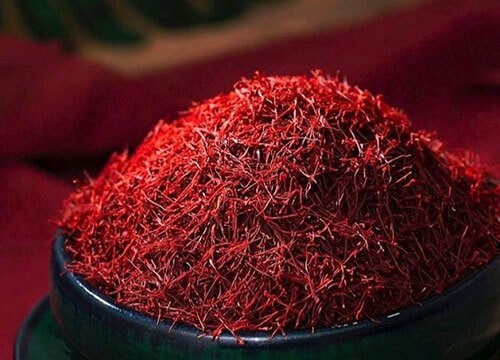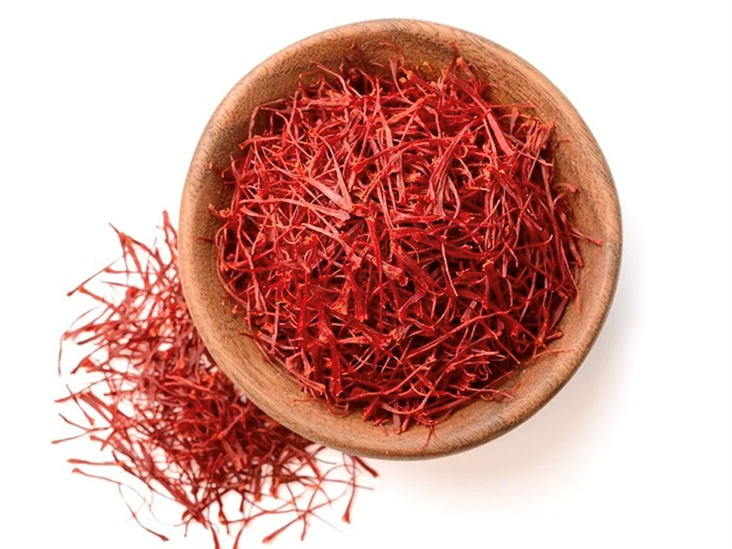Known as the “Red Gold,” saffron is one of the most valuable spices in the world. However, its high price tag has made it a frequent target for fraud. Unfortunately, many people unknowingly purchase fake or adulterated versions. If you’re investing in this luxurious ingredient, it’s essential to understand how to identify the real deal. In this guide, we’ll explain how to spot fake saffron and why it matters more than you think.Fake Saffrom

Why the Market Is Flooded with Imitations
The global demand for saffron has grown rapidly due to its culinary value and health benefits. At the same time, the price remains high because it’s labor-intensive to produce—each flower yields just three delicate threads. Because of this, dishonest sellers attempt to profit by offering inferior or artificial substitutes.Fake Saffrom
Common Forms of Fake Saffron
-
Dyed corn silk or shredded paper
-
Safflower petals, which look similar but lack aroma
-
Threads mixed with artificial colorants or fillers
-
Blended powder mixed with turmeric or paprika
As a result, many consumers end up with a product that lacks both flavor and health benefits.
How to Identify Fake vs. Real Saffron
Spotting counterfeit saffron isn’t always easy—but with a few simple tests, you can quickly tell the difference.
1. The Water Test
Place a few strands in warm water or milk.
-
Real threads release a rich golden-yellow hue over 10–15 minutes without losing their shape.
-
Fake ones often bleed color immediately or turn the water red, and may become mushy or dissolve.
Therefore, soaking is a quick and effective method for testing authenticity.
2. Smell and Taste
Genuine saffron has a strong, earthy aroma with hints of honey or hay. The taste is slightly bitter, not sweet. In contrast, fake products often have no distinct scent or may smell artificial.
3. Visual Inspection
True saffron strands are trumpet-shaped with red-orange tips and a slightly rough texture. If the threads are uniform in size, overly smooth, or include yellow or white strands, they may be mixed with fillers.
Why Buying Authentic Saffron Matters
Not only is fake saffron a waste of money, but it may also contain harmful chemicals or dyes. Moreover, low-quality substitutes provide none of the powerful antioxidant and mood-boosting benefits of the real spice. When cooking or using it for wellness, purity is everything.
Final Thoughts: Protect Your Purchase
Fake saffron is everywhere, but that doesn’t mean you have to fall for it. By learning how to test and inspect what you buy, you can avoid scams and enjoy all the rich flavor, color, and benefits this rare spice offers.
Choose Trusted Quality Every Time
We offer 100% pure, lab-tested saffron threads directly sourced from premium farms. No fillers, no dyes—just authentic quality you can trust. Shop now and experience the real power of Red Gold in your kitchen or wellness routine.






